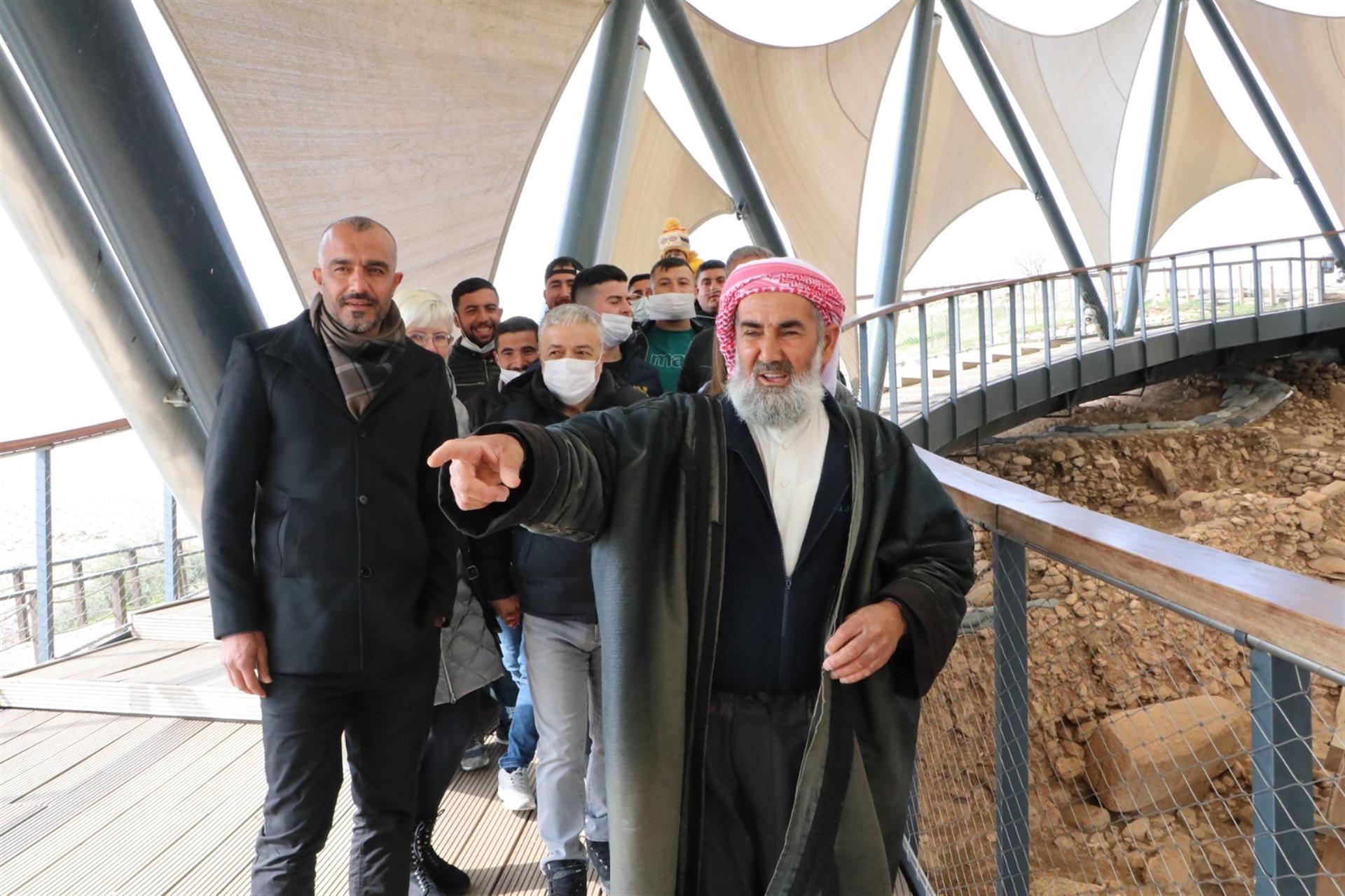
The landowner of what many have dubbed humanity’s ground zero has recalled how they stumbled upon the ancient site of Göbeklitepe as they plowed their fields in the late 1980’s.
Mahmut Yıldız, who once owned the land on where Göbeklitepe is located in the southeastern province of Şanlıurfa before it became a national treasure, said they had stumbled upon two artifacts they found while plowing their field in 1986.
They decided to take it to a museum, only to be met by a museum director, who was not an archaeologist, at the time, say, “These are limestones.”
Speaking about the discovery of the ruins 35 years ago, Yıldız said: “This is our land left from our family. It was a stony field, but it was fertile. We used to plant lentils here. While agriculture was done here, it was known to be a sacred place; prayers were performed here.”

“My uncle Şavak found two artifacts while plowing the field in 1986. When we took the stones to the museum with my uncle and my father, İbrahim Yıldız — the director of the museum — who was not an archaeologist but a history teacher, said that these were ‘limestones.’ Because we washed the stone to reveal the painting on it and it looked like a limestone. We carried the stones to the museum on a horse-drawn carriage for 20 kilometers and thought we would be appreciated by the museum.”
Stating that the museum took the stone because his uncle did not want to carry it back to the ancient site and said that he would throw it on the way back home, Yıldız said, “The stone remained idle in the garden of the museum for four-five years in 1986. Later, the German archaeologist Klaus Schmidt saw the stones there. After that, they came here and explored this place. Excavations started in 1992.”
Yıldız worked for the excavations for 20 years until 2005. Now he serves as a security guard at the Göbeklitepe site.
